As the world shifts towards a more sustainable future, electric cars have taken center stage, representing not just a mode of transportation but a shift in our collective mindset. Understanding how to maximize your electric vehicle experience is essential for current owners and potential buyers alike. Welcome to “Mastering Electric Cars – Charging Tips and Best Practices,” where we embark on a journey to demystify electric car charging.
Whether you’ve just bought your first battery electric vehicle (BEV) or are a seasoned EV enthusiast, knowing how to charge your electric car effectively is crucial. The nuances of battery electric vehicle charging can seem daunting, but with the right BEV charging tips and best practices, it becomes second nature. Our comprehensive electric car charging guide will equip you with the knowledge to charge your vehicle efficiently and ensure you’re always ready to hit the road.
We’ll cover everything from the available charging station types to understanding charging speeds while emphasizing the best practices that enhance battery longevity and efficiency. Get ready to unlock the full potential of your electric vehicle and embrace the freedom and responsibility that comes with driving electric!
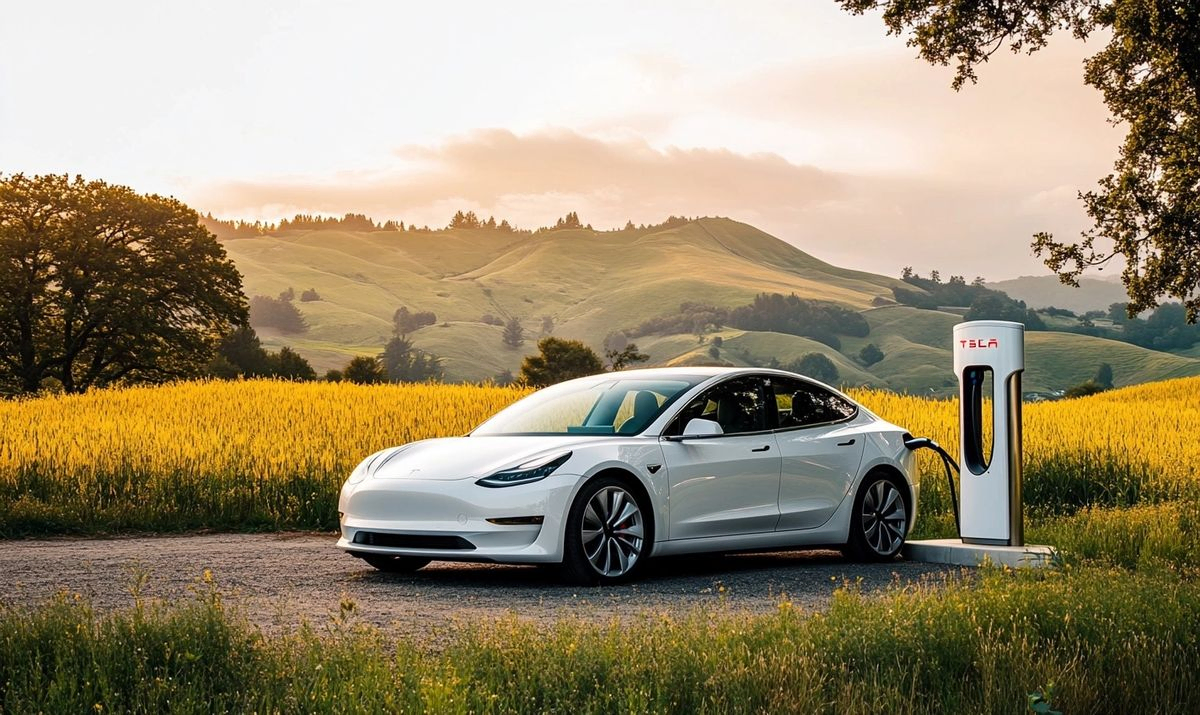
Understanding Battery Electric Vehicles (BEVs)
What Are BEVs Anyway?
Have you ever wondered what makes a Battery Electric Vehicle (BEV) unique? Unlike traditional cars, BEVs run solely on electricity. They are like the cool kids in the car world, leaving gas station visits behind. Just imagine never having to stop for fuel again! If that doesn’t sound tempting, I don’t know what will.
How Do They Work?
Picture a BEV as a giant phone with wheels; the battery is its lifeblood. When you plug it in, you’re essentially charging up its “iPhone battery.” The power moves through wires to the battery pack, storing energy for your future drives. And the best part? No exhaust fumes! Isn’t that refreshing?
BEV Charging Tips
So, how do you charge an electric car? First, always follow these BEV charging tips:
- Use a Level 2 charger at home for quicker charging.
- Try to charge during off-peak hours for lower electricity rates.
- Don’t let your battery drop below 20% frequently.
Keeping your battery juiced can save you time and stress!
Choosing Charging Stations
Navigating the world of charging stations can feel like a scavenger hunt. Use apps to locate nearby charging points. Have fun exploring while keeping your BEV fueled. Just remember to check for battery electric vehicle charging compatibility before heading out.
Key Takeaways
In an increasingly embracing electric car market, BEVs are the way to go if you care for the environment and your wallet. With the right tips and tricks, maintaining your ride is a piece of cake!
BEV Best Practices
Here are a few BEV best practices to make your life easier:
- Always keep your software updated.
- Plan road trips around charging stations.
- Seek out fast chargers for quick stops.
Following these simple steps enhances your BEV experience, so enjoy the journey even more!
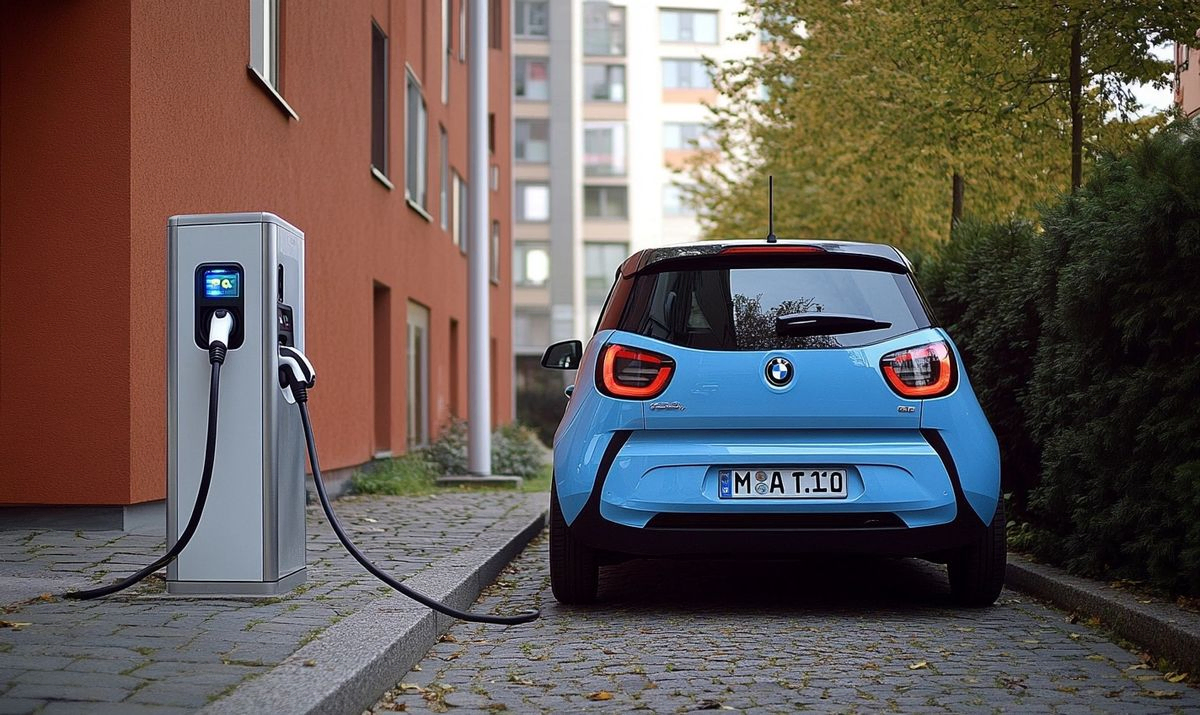
Different Types of Electric Vehicles: Which One is Right for You?
Finding the Right Fit
Getting lost in the sea of options is easy when you think about going electric. There are battery electric vehicles (BEVs), plug-in hybrids, and fuel cell vehicles. But how do you find the right one for you? It boils down to your driving habits, lifestyle, and convenience.
What Are BEVs?
Let’s kick things off with BEVs. These pure electric vehicles run entirely on electricity. There is no gasoline, just electric power. Think of them as the go-getters of the EV world—efficient and eco-friendly!
- Great for shorter commutes
- Lower running costs
- Zero emissions
Plug-In Hybrids: A Hybrid Solution
Next up, we have plug-in hybrids. These beauties combine a traditional gas engine with an electric motor. It’s like carrying an extra safety net—if your electric charge runs low, you can switch to gas without a hitch. Perfect for long drives!
Cost Considerations
Another aspect to think about is cost. Charging an electric car can be cheaper than filling it up with gas, especially with the right BEV charging tips. Here’s a quick rundown:
- Home Charging: Install a level 2 charger for convenience.
- Public Charging: Use apps to locate fast chargers near you.
- Battery Life: Don’t let it drop below 20%. It keeps your battery healthy.
Charging Convenience
Speaking of charging, you might wonder, “How do I charge my electric car properly?” It’s simpler than you think! Just plug and go. Most electric car owners usually charge their car at home overnight. If you pick a BEV, having a charging station at home feels like getting your morning coffee ready the night before.
For adventurous travelers who travel a lot, consider using a charging network. It’s like stopping for snacks during a road trip—find a station and take a break!
The Emotional Side of Choosing EVs
You might feel overwhelmed by choices, but choosing an electric vehicle can be exciting! Think about the environmental impact you’re making. Going electric feels like doing your part to change the world, one drive at a time.
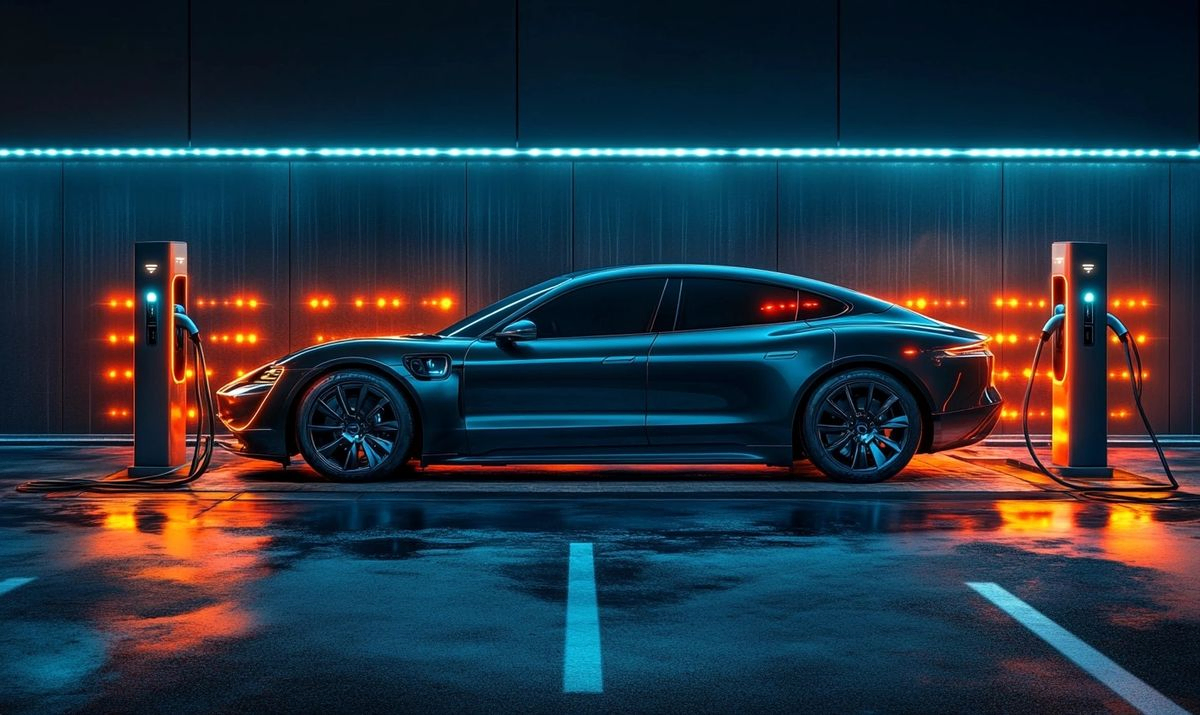
BEV Charging Tips for Efficient Use
Understanding Your Charging Options
Have you ever wondered which charging option is best for your battery-electric vehicle (BEV)? Not all charging stations are created equal! You have three main types to choose from:
- Level 1 Charging: This is your primary home outlet. Slow but steady!
- Level 2 Charging: Faster and often found at public charging stations.
- DC Fast Charging: Need a quick boost? These are the chargers for you!
The key is knowing when and where to use each option, ensuring you get that juice when needed.
Timing is Everything
Did you know that charging during off-peak hours can save you money? Think of it like filling up your car when gas prices are low. Charge your electric vehicle at night or during specific hours to avoid those higher rates. Your wallet will thank you!
Maximizing Your Battery Life
Treat your battery like a plant—water it just enough! Here are some BEV best practices:
- Aim to keep the charge between 20% and 80%. Like a healthy diet!
- Don’t let it sit fully charged for long. Your battery doesn’t like being static.
- Plan your trips to include charging stops, especially on long journeys.
Utilize Regenerative Braking
Have you ever heard of regenerative braking? It’s like catching the wind when you’re sailing! By using this feature, you can recapture energy during braking. This energy can help recharge your battery. Every little bit counts!
Quick BEV Charging Tips
Here are some tidbits to keep in your back pocket:
- Keep your charging cable neat. You wouldn’t want a jumbled mess.
- Check charger compatibility before heading out. Not all chargers fit all cars!
- If possible, use an intelligent charger. They can optimize your charging time.
With these simple yet effective electric car charging tips, you can enjoy the ride without worrying about running out of juice. So, gear up and hit the road!
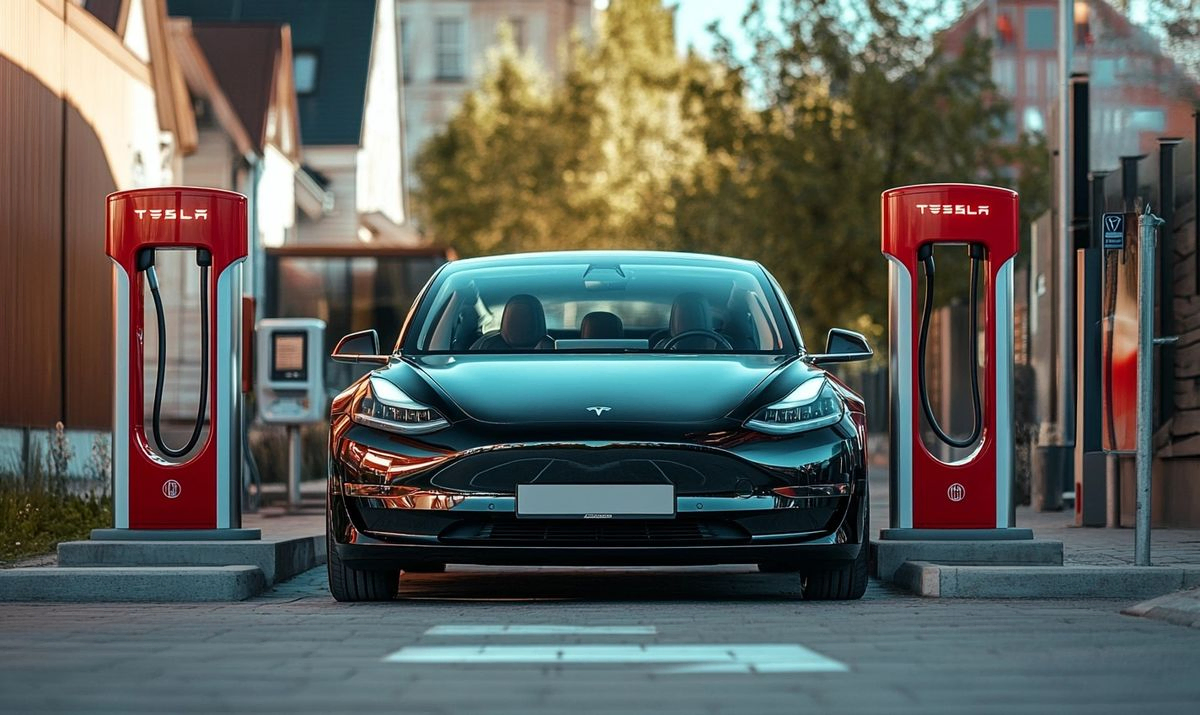
How to Charge Electric Cars: A Comprehensive Guide
The Basics of Charging
Charging your electric car may seem daunting, but think of it like charging your smartphone. You plug it in, and voilà! Your ride gets its energy boost. To get started, you need to understand the different charging levels:
- Level 1: Standard household outlet, 120V. Slowest option.
- Level 2: 240V outlet, often found in homes and public charging stations. It’s faster!
- DC Fast Charging: The speed demon of charging, perfect for road trips.
How to Charge Electric Cars: Step-by-Step
So, how do you plug in? Here’s a quick guide:
- Find a charging station or install a Level 2 charger at home.
- Open the charging port on your electric vehicle.
- Grab the charger and plug it in; listen for that satisfying click.
- Check your battery status – charging should start automatically.
- Once charged, unplug and close the charging port. Easy-peasy!
BEV Charging Tips for Everyday Use
To make the most of your electric car charging experience, consider these BEV charging tips:
- Charge at night for lower rates – it’s like filling your tank while you sleep!
- Use a smart charger if you can. It’s like having a personal assistant for your battery!
- Keep your battery between 20-80% charged. It’s healthier for the battery life.
Battery Electric Vehicle Charging Explained
Charging your battery electric vehicle isn’t just about plugging it in. It’s also knowing how different factors affect your charge:
- Weather: Cold makes batteries work harder, so expect slower charging.
- Battery Size: A larger battery will need more time to fill up.
- Charging station type: Fast chargers can quickly get you back on the road.
Incorporating BEV Best Practices
Want to keep your electric vehicle healthy? Here are a few BEV best practices:
- Regularly check your charging equipment.
- Try not to let your battery drop below 20% too often.
- Avoid total charges regularly; think of it like a diet for your battery!
So, charging an electric car isn’t rocket science. You’ll be quickly zipping around with the right tips and a little practice! What are you waiting for? Let’s hit the road!
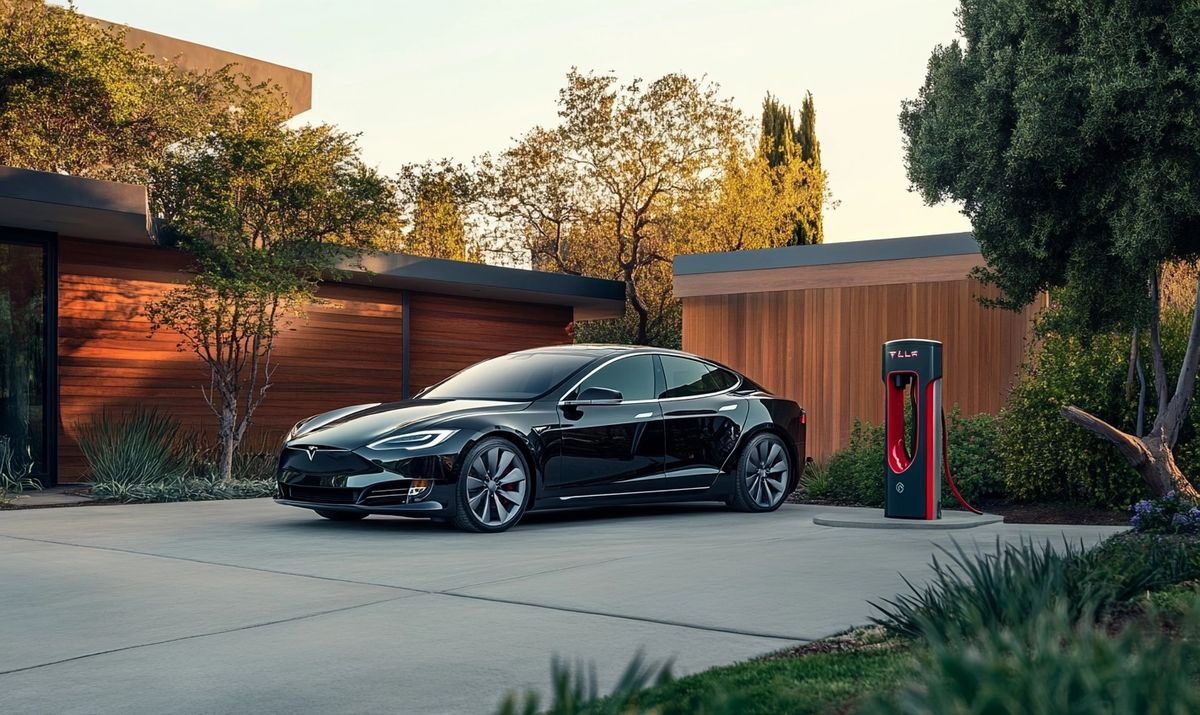
Battery Electric Vehicle Charging Explained
Understanding How Charging Works
Think of charging your battery electric vehicle like filling a glass of water. The quicker you do it, the more refreshing it feels. When charging your EV, you’re essentially replenishing the battery that powers it. This is crucial for keeping your ride smooth and stress-free.
Now, how do you charge an electric car? There are several ways! You can use home chargers, public charging stations, or even fast chargers. Each has its perks, depending on your needs. For instance:
- Home Chargers: Ideal for overnight charging while you sleep.
- Public Charging Stations: Great for quick stops while on the go.
- Fast Chargers: Perfect for road trips when time is of the essence.
Charging Levels Explained
Just like a three-tier cake, electric charging comes in levels. Here’s a quick breakdown of what you can expect:
- Level 1: Basic home outlet (120V). Slow but steady.
- Level 2: Type you usually find at public stations (240V). Much faster!
- DC Fast Charging: Quick dash for your battery, traditionally found on highways.
Your choice of charger can impact the health of your car’s battery. So, it’s crucial to adopt BEV best practices. For example, regularly using a fast charger might speed things up, but it can wear down your battery over time. Yikes, right?
Tips for Efficient Charging
Grab your notepad because here are some essential BEV charging tips:
- Charge at home as much as possible.
- Keep your battery between 20% and 80% for optimal health.
- Avoid frequent fast charging unless you are in a hurry!
- Always unplug after charging to avoid vampire drain.
With these essentials, you’re set for a smooth charging experience. Think of your electric car battery as a plant; it needs care to thrive. Treat it well, and it will treat you nicely in return!
BEV Best Practices for Long-Term Ownership
Maximize Your Battery Life
So, you’ve switched to a Battery Electric Vehicle (BEV). Congrats! Now, let’s keep that electric car humming smoothly for years. One of the most crucial tips? Don’t let your battery drop below 20%. Just like your phone, it thrives on a bit of juice. Keeping it between 20-80% is the magic sweet spot!
Invest in Home Charging Solutions
Have you ever waited for your phone to charge at a public plug? Frustrating, right? The same goes for your BEV. Investing in a home charger can save you a ton of headaches. Here’s how to charge your electric car effectively at home:
- Install a Level 2 charger for faster rates.
- Set a timer to charge during off-peak hours, saving you money.
- Keep your charging cable organized and clean—it can get tangled!
Follow Your Vehicle’s Charging Guidelines
Each electric model has its personality. Your BEV comes with a handy charging guide—like the manual for a new toy. Following these guidelines ensures optimal battery performance. Don’t skip out on recommended charge times or voltages!
Plan Your Road Trips Wisely
Road trips in a BEV can be thrilling! But imagine getting stranded with an empty battery—yikes! Use apps to locate charging stations along your route. They make planning pit stops a breeze:
- Check station availability before you hit the road.
- Know the charging times for each station.
- Consider range anxiety—always have a backup plan!
Keep Your BEV Clean and Maintained
Your BEV is more than just wheels; it’s your ride and pride! Regular cleaning keeps it looking sharp, while maintenance checks keep it running smoothly. Don’t forget to:
- Schedule battery health checks.
- Keep tires inflated—this helps with range!
- Regularly check fluid levels and connections.
Remember, owning a Battery-Electric Vehicle is a journey, not a race. Embrace the experience, follow these BEV best practices, and watch your electric car flourish!
Common Myths About Electric Car Charging Debunked
Myth #1: Electric Cars Take Forever to Charge
Have you ever heard someone say charging an electric car feels like watching paint dry? That’s just not true! Yes, charging times can vary, but much depends on where and how you charge.
A standard wall outlet may take longer than a dedicated charger if you’re at home. However, using a Level 2 charger can significantly speed things up. Think of it like filling your car with water; a fire hose goes much faster than a garden hose!
Myth #2: You Can’t Find Charging Stations
Some folks think charging stations are as rare as unicorns. But guess what? Electric vehicle charging stations are popping up everywhere! Most major cities have a variety of options. Plus, with apps and online maps, finding a station is more accessible than finding a coffee shop. Who doesn’t love caffeine and empowerment?!
Myth #3: Charging Is Expensive
Are you worried about breaking the bank with charging costs? Not so fast! Charging costs can be lower than you think. Many homeowners save on gas and maintenance. If you’re charging at home at a decent rate, your wallet will thank you! Plus, check for local incentives and rebates that could help lower costs. It’s like getting a discount on your morning coffee!
Myth #4: You Can Only Charge at Public Stations
This one’s a biggie! Many believe you can only charge your electric vehicle at public stations. But that’s far from the truth! Most people do the bulk of their charging at home. With the proper setup, it’s as easy as plugging in your phone overnight. You wake up to a fully charged battery electric vehicle (BEV) ready to hit the road!
Myth #5: Electric Cars Damage Batteries Over Time
This myth is like saying water will ruin your garden. Too much can be harmful, but your battery will thrive if you follow BEV’s best practices! Regular maintenance, avoiding extreme temperatures, and charging appropriately keep it healthy. Think of it as nurturing a plant; a little care goes a long way!
- Use a standard outlet for convenience.
- Switch to a Level 2 charger for quick fills.
- Explore local incentives to cut costs.
- Charge regularly at home for efficiency.
BEV charging tips are vital for every driver. When you know the facts, you’ll confidently drive your electric vehicle! So, let’s bust those myths and embrace the future of driving!
Future Trends in Electric Vehicle Charging Technologies
Charging Innovations on the Horizon
Are you excited about what the future holds for electric car charging? I know I am! Imagine a world where you can charge your electric vehicle (EV) in record time, almost like filling up a gas tank. With new technologies emerging, it’s becoming a reality. Here are some trends we can look forward to:
- Ultra-Fast Charging Stations: These aren’t just regular charging stations; they’re the speedsters of the electric car world. Picture charging your EV in 15 minutes or less!
- Wireless Charging: How cool would it be to park over a charging pad? No cords, no hassle. This tech is already in the testing phase!
- Vehicle-to-Grid (V2G) Technology: Your EV can return power to the grid. Think of it like your car is a mini power plant!
The Rise of Smart Charging Systems
It’s not just about speed; it’s also about intelligence. Intelligent charging systems are set to revolutionize how we think about energy. What if your car could communicate with the grid? It could choose the optimal charging times based on energy demand.
This means:
- Lower electricity rates during off-peak hours.
- Less strain on the electrical grid during peak times.
- More efficient energy use overall!
Integration with Renewable Energy Sources
Imagine charging your electric car using pure, clean energy from the sun. Solar panels paired with home charging stations make this possible. You could power your EV guilt-free, knowing you’re helping the planet!
This integration isn’t just futuristic thinking; it’s happening now. More homeowners are installing solar charging systems. A few years from now, this will be common; who wouldn’t want energy independence with their electric car?
Enhanced Connectivity and User Experience
Have you ever thrown your hands up in frustration while searching for a charging station? Future innovations will make finding a charger as easy as scrolling through your phone. You’ll receive real-time updates and notifications about charging availability and pricing.
This level of connectivity turns charging from a chore into a breeze! You’ll spend less time worrying about charging and more time enjoying the drive.
So, as we look ahead, it’s clear that electric vehicle charging is not just changing; it’s leaping into a bright, tech-savvy future. Are you ready for the ride?
Conclusion
In conclusion, navigating the world of electric vehicles (EVs) can be exciting and overwhelming, especially when understanding BEV charging tips and best practices. By familiarizing yourself with the different charging options, you can quickly determine how to charge an electric car effectively and efficiently, ensuring you never find stranded without power.
Proper battery electric vehicle charging, whether at home using a standard outlet or public charging stations, is crucial for maximizing your vehicle’s performance and lifespan. Implementing BEV best practices, such as regular maintenance and monitoring of your charging habits, will significantly enhance your electric driving experience.
With the proper knowledge, you can create an electric car charging guide that suits your lifestyle and driving needs. As you continue to explore the possibilities of electric cars, embrace the transition with confidence, knowing that each step towards mastering your EV will contribute to a more sustainable future. Happy charging!
Frequently Asked Questions (FAQs)
What is a Battery Electric Vehicle (BEV)?
What are some BEV charging tips?
How do you charge an electric car?
What are the different types of electric vehicle charging options?
What are BEV’s best practices for maintaining battery health?
Where can I find an electric car charging guide?
Is it safe to charge my BEV at home?